Results 1 to 10 of 16
Hybrid View
-
05-28-2012, 07:55 PM #1
 Any ideas about this Hone or its origins?
Any ideas about this Hone or its origins?
The pictures are pretty clear as to what this stone looks like. It is a 9.25 x 2.24 x .75 heavy dense and fine grit stone. It was easy to lap, and raises a slurry easily so it is also soft. I would say 4-6K with slurry and you can set a bevel with it but it is slow. With just water it seems to be somewhere in the 8-10K as a finisher...feels like glass. I put a very passable 'shave ready edge' on a razor from start to finish with this stone, but the edge was definitely improved the second go around with my Barbers Gem Escher.
It is Greenish-Grey ( more Green than Grey) with really nice slanted horizontal stripes running the length of the stone. The striping becomes more pronounced when wet. When I first got this stone I thought it might be a Dalmore blue but it is green rather than Blue, and it seems to be much finer than what I have read about the Dalmore stones.
Anyway...check out the pics and I will defer to the many experts here a bouts as to what they think it may or may not be...Thanks!
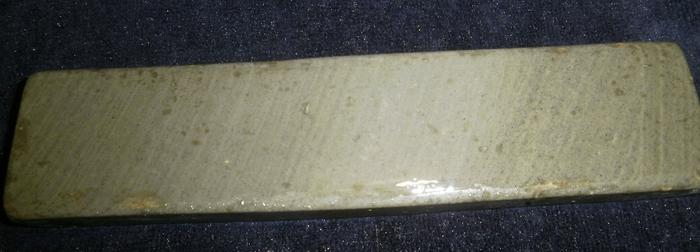





-
05-28-2012, 08:39 PM #2

DBs are sandstones and their wavepatterns, if they have one, are more erratic. Especially since you describe it as glassy I would think it's a LI. Here's mine, you can have a look and see if it matches.
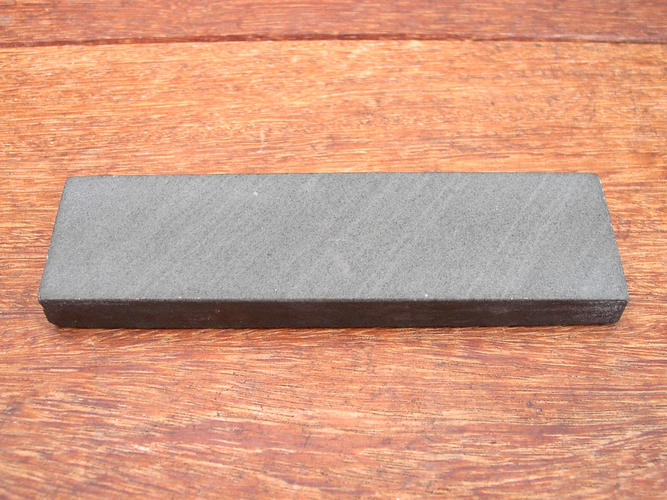
-
05-28-2012, 10:03 PM #3

Thanks Piet... I have a Lynn Idwall and it is 'much much harder' than this stone, and almost impossible to slurry. This stone is much softer than any LI I have seen...although the color is more like the 'Green' of a LI. The two 'Black Colored Spots' on one side of the stone seem to be harder than the rest of the stone if that means anything?
-
05-28-2012, 10:12 PM #4

Hmm this one and 2 others I had were all just as hard as the other darkgreen LIs. So perhaps it is something else or a LI that just happens to be softer.
-
05-28-2012, 10:21 PM #5

I does resemble some Tams and LIs that both myself and Piet have debated over in the past, however if soft as you confirm, seemingly it is neither. It may be a softer exception, but considering the latter are hard stones in comparison to some mainland European stones, it is unlikely even if soft it would be this much softer as I am inferring it is.
There are coticules this colour, but the 'snaked' pattern I have only seen on UK hones so I think this can be ruled out.
Anyone know what a Dalmore Yellow looks like, and its relative hardness?
Edit - if you can indeed set a bevel with slurry, again, not a LI. My guess would be some sort of Tam. Both Tams and LIs are hard hones, but my experience is that Tams are a fair bit softer than LIs.Last edited by Scipio; 05-28-2012 at 11:35 PM.
-
05-28-2012, 11:19 PM #6Historically Inquisitive



- Join Date
- Aug 2011
- Location
- Upstate New York
- Posts
- 5,782
- Blog Entries
- 1
Thanked: 4249
Here a TOS with similiar patern but i dont think the color is the same but the OP pics are with water i believed.
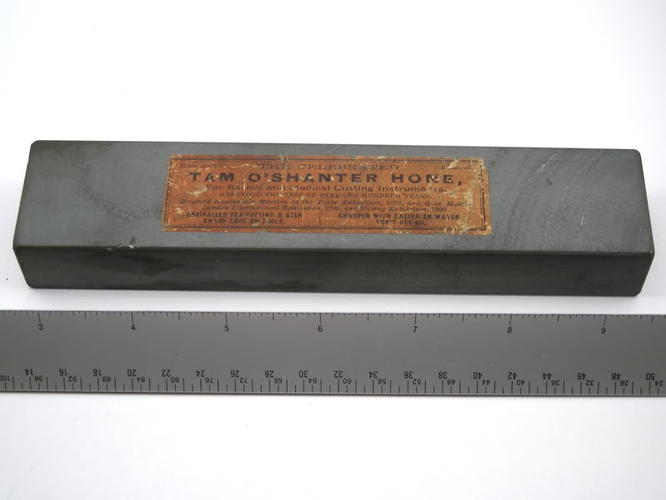
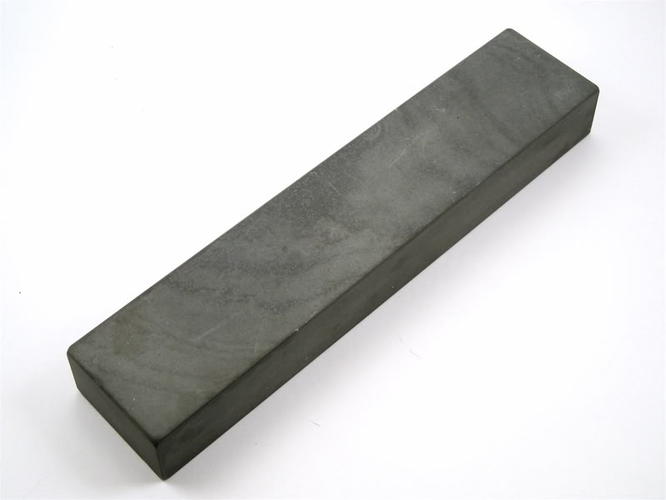
Last edited by Martin103; 05-28-2012 at 11:22 PM.
-
05-28-2012, 11:52 PM #7
-
05-29-2012, 05:06 AM #8
-
05-29-2012, 08:40 AM #9Senior Member



- Join Date
- Apr 2008
- Location
- Essex, UK
- Posts
- 3,816
Thanked: 3164
Looks and sounds like a Dalmore Blue to me. They all have different patterning, but the lines are quite unmistakable when they appear to 'cut across' each other. Here are a few examples - wetted, so the colour is much more extreme than when dry:
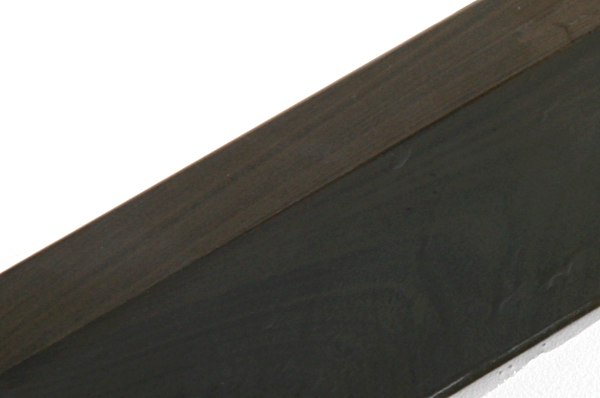
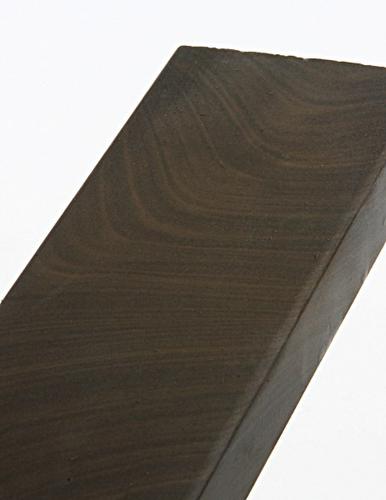
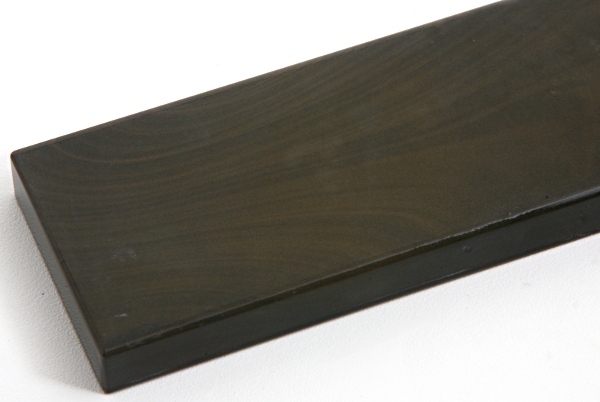
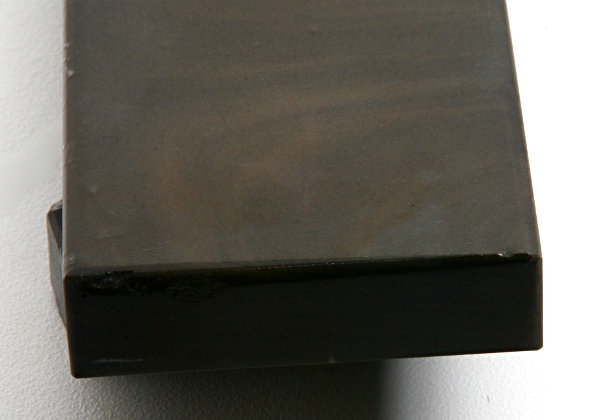
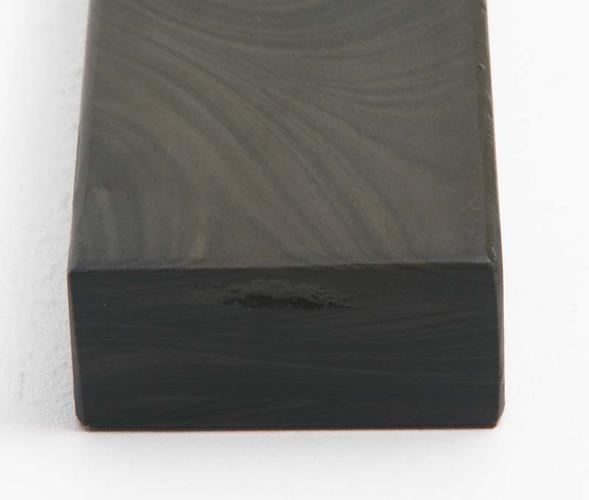
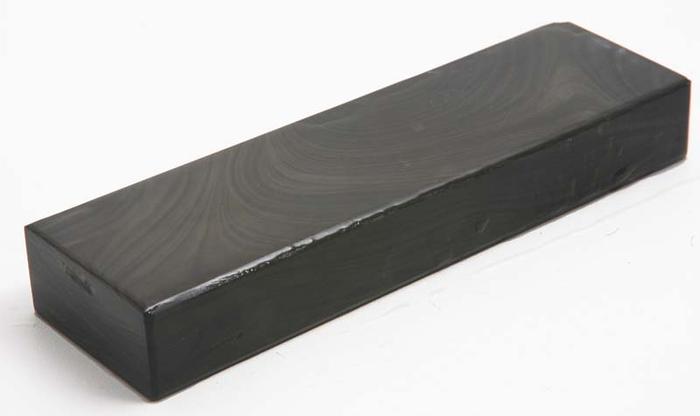
They do not appear to be blue either - at least not to me. I suspect 'blue' is a fanciful term for grey - they look mostly grey when dry, but the green tint predominates when wet or very finely lapped.
The Dalmore Yellow is a much different beast. It is a dra yellow colour and under a lens looks to be an agglomeration of coarse sandy particles - it does tend to release particles during honing to some degree, nicely scratching whatever you are attempting to hone! It's slow and very, very coarse.
Regards,
Neil
-
The Following User Says Thank You to Neil Miller For This Useful Post:
Wolfpack34 (05-29-2012)
-
05-29-2012, 05:16 PM #10

Thanks for the input Neil! I am beginning to be convinced that this stone is in fact a a variation of the 'Dalmore Blue'...when dry it is greyish, especially under ambient light but if you take it outside , or wet it, the olive greenish hue is definitely more pronounced as are the striped patterns.
Could you tell me in your experience what the predominate approximate 'grit range' is for the Dalmore stones...
As I said in my initial post, this seems to be a very fine and dense grit stone (stone weighs in at 700+ grams) that slurry's easily. The slurry is 'milky white', and with slurry it seems to act like my 3-5K Naniwas as far as cutting power. Very smooth cutting but also slow. I can set a bevel with it...but wouldn't do that again because of the time involved...and with just water it acts a lot like my 8K Naniwa...or maybe slightly finer. The shaving edge was very nice (tested it on a vintage Fredricks Sheffield razor) comparable to a hard coticule (like my La Dresante Bleu), and it was definitely improved for the re-shave on a vintage Escher.
If I was going to use it as a progression stone (using Naturals), my guess is that one scenario would be to set the bevel first, then go to the TOS, then this stone(or visa versa), and finish with my Lynn Idwal. Just thinking outloud...
Here are a few pics for comparison, side be side with a TOS and a LI:
Anyway...any additional input would be appreciated.
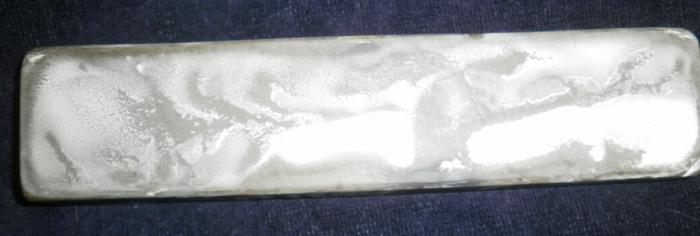
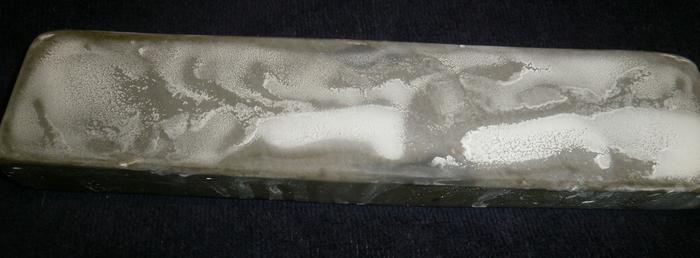
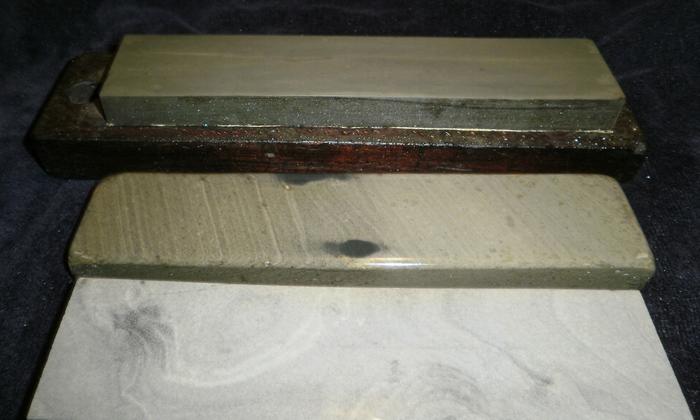
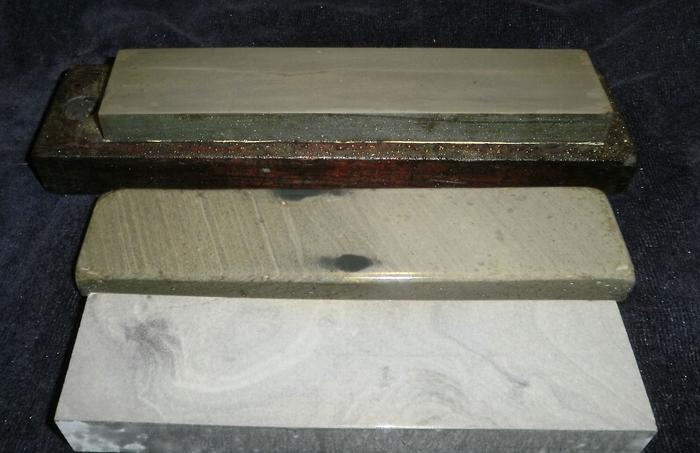
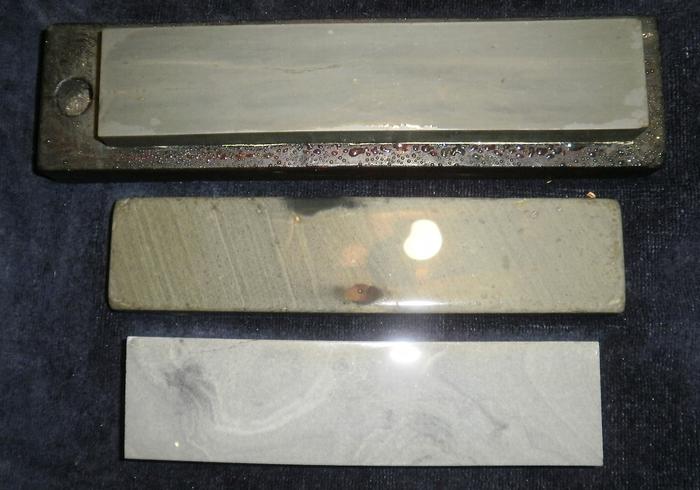


 LinkBack URL
LinkBack URL About LinkBacks
About LinkBacks







 Reply With Quote
Reply With Quote
